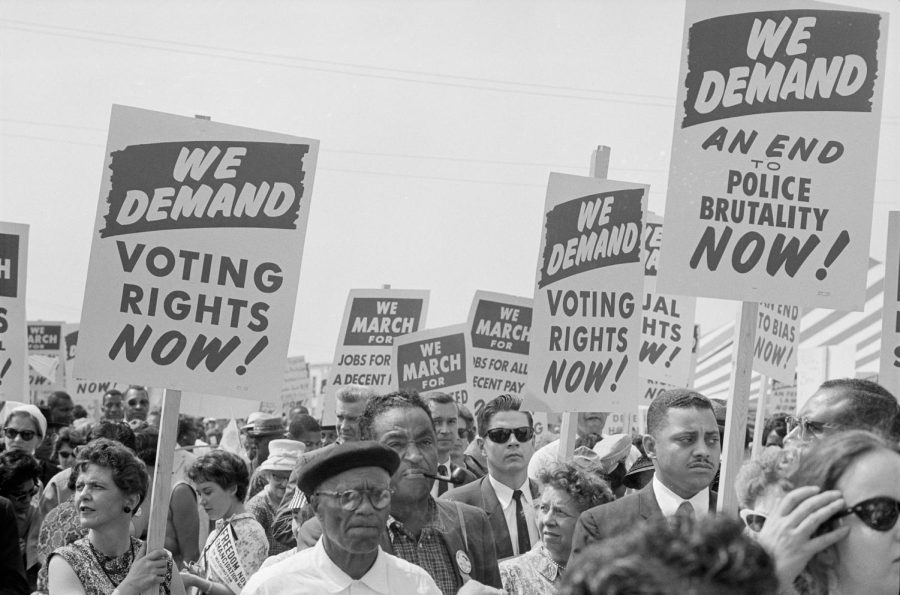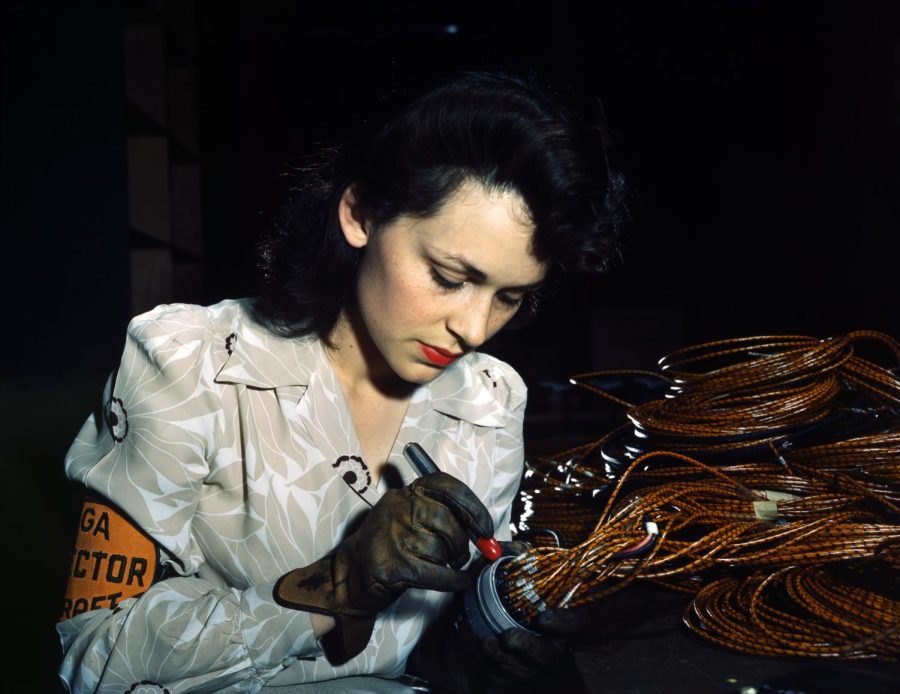Historically Speaking: Some key points of 20th century U.S. history
A worker checks electrical assemblies at Vega Aircraft Corp. in Burbank in 1942 during World War II. (Photo by David Bransby, Library of Congress collection)
June 1, 2022
We are more than 20 years past the 20th century. Here’s a look at each of its 10 decades for just a few of its highlights and top stories. Quite a number events are missing; nevertheless, the following are thumbnail sketches of the century. This will give you a guide to add your personal important events. Today’s “thirtysomethings” have few or no memories of history’s most dynamic and war-torn century.
 1900-1910: President William McKinley was assassinated in 1901, elevating Vice President Theodore Roosevelt into the White House. Roosevelt captured the center of attention with his “trust-busting” crusades, transforming the nation’s business world, and the United States took up the construction of the Panama Canal.
1900-1910: President William McKinley was assassinated in 1901, elevating Vice President Theodore Roosevelt into the White House. Roosevelt captured the center of attention with his “trust-busting” crusades, transforming the nation’s business world, and the United States took up the construction of the Panama Canal.
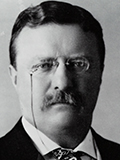
1910-1920: The SS Titanic, then the world’s largest and most luxurious cruise ship, sank on her maiden voyage after hitting an iceberg in the North Atlantic. The Panama Canal was completed, and in June 1914, the future leader of the Austria-Hungary Empire was assassinated by a Serbian gunman, triggering the First World War. Millions died in what was believed to be “the war to end all wars,” which ended on Nov. 11, 1918. It was a mere warm-up of what was to come two decades later.
1920-1930: Prohibition of liquor sales became federal law. Charles Lindbergh flew a solo nonstop flight from New York to Paris. The U.S. stock market crashed, wiping out the fortunes of thousands triggering what led to a decade-long Great Depression.
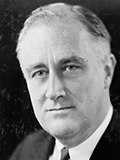
1930-1940: Thousands of farmers migrated to the West Coast as the Dust Bowl wiped out countless numbers of farms. Prohibition created lawbreakers who brewed illegal liquor for “bootlegging” sales, which led to a series of gangland wars. Charles and Anne Lindbergh’s baby boy was abducted and murdered, resulting in passage of an automatic federal death penalty for convicted kidnappers. Franklin Delano Roosevelt was elected president; his New Deal policies began to pull the U.S. out of the decade-long Great Depression. Prohibition ended, and on Sept. 1, 1939, Germany invaded Poland, triggering the Second World War, which became the 20th century’s most-deadly series of events.
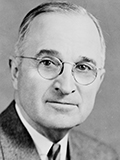
1940-1950: On Dec. 7, 1941, the Japanese attacked Pearl Harbor, pulling the U.S. into World War II. On June 4-6, the Battle of Midway turned the tide for the U.S. in the Pacific, and on D-Day, June 6, 1944, the world’s largest-ever amphibious assault took place on France’s Normandy coast. However, the European war was nearly lost during the Battle of the Bulge in the late winter of 1945. FDR died on April 12, 1945. Germany surrendered on May 8, 1945. President Harry Truman approved dropping two atom bombs on Japan, no doubt the most important decision of the century. Those bombs ended the war on Aug. 14, 1945, with Japan’s surrender. World War II transformed the U.S. from a sleepy, isolated agrarian nation into a great industrial and military world power.
1950-1960: The Korean “police action” began, pulling the U.S. and other United Nations back into combat against North Korea and ultimately “Red” China. The communist Soviet Union triggered a Cold War as Russia dropped an Iron Curtain around central European nations. Americans spent the remainder of the decade worried about a nuclear war with Russia. U.S. Sen. Joseph McCarthy forced Congressional hearings to hunt down so-called “communist sympathizers.” Spies Julius and Ethel Rosenberg were executed for passing atomic bomb secrets to the Soviet Union. And, in October 1957, Russia launched the first satellite into space; the U.S. lagged months behind, but in late 1960, the Soviets put a man into space.
1960-1970: The U.S. achieved manned space flights. Sen. John F. Kennedy was elected president only to be assassinated on Nov. 22, 1963, with Vice President Lyndon Johnson becoming president. The U.S. sent troops and military aid to South Vietnam in an effort to stop communist North Vietnam from taking control of the South. Race riots and protests against the Vietnam War marred much of the decade; Congress passed the history-making 1964 Civil Rights law. The biggest event of the decade — American astronauts landed on the Moon.
1970-1980: President Richard Nixon resigned from office after a series of illegal acts surrounded by the Watergate scandal. Georgia Gov. Jimmy Carter was elected president. Race riots continued periodically throughout the decade.
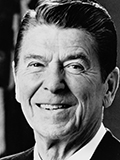
1980-1990: California Gov. Ronald Reagan was elected president, but an attempted assassination marred the first year of his presidency. The U.S. space shuttles went into service, but after a number of successful missions, Challenger blew up in 1986, killing all crew members.
1990-2000: President George H.W. Bush launched Operation Desert Storm against Iraq for invading neighboring Kuwait. Arkansas Gov. Bill Clinton was elected president and was impeached for sexual misconduct. At the turn of the century, George W. Bush was elected president by defeating Vice President Al Gore in a tight election. George “W” won the presidency with the most electoral votes despite Gore getting more popular votes. The so-called heavily invested “dot com” tech companies lost millions before stock-market corrections.
Tom Morrow is a longtime Oceanside-based journalist and author who contributes to OsideNews.
Columns represent the views of the individual writer and do not necessarily reflect those of the North Coast Current’s ownership or management.
